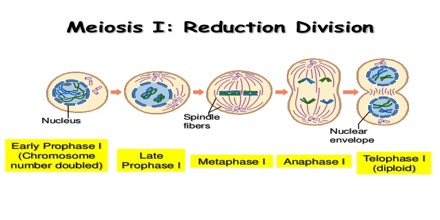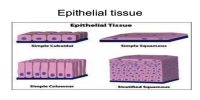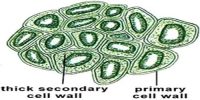Meiosis Reductional Division
Reduction division is the primary cell division in meiosis, the procedure by which germ cells are formed. In reduction division, the chromosome number is reduced from diploid (46 chromosomes) to haploid (23 chromosomes). Meiosis is a reduction division because the end result of this special type of cell division is four haploid cells. Meiosis is called reductional division because-

- There is a reduction in the chromosome number during two separate nuclear and cell divisions to produce gametes.
- This type of division occurs in reproductive mother cell of diploid organism or in zygote (2n) of lower type of plants.
- There is a reduction in the chromosome number during two separate nuclear and cell divisions to produce somatic cells.
- In this division, the nucleus undergoes division twice passing through a series of complicated changes giving rise to four daughter nuclei where each daughter nucleus bears, half the number of chromosome of its mocha cell (2n).
- The resulting gametes have 23 new chromosomes, one member of each of the 23 pairs, representing unique combinations of the original maternal and paternal copies.
Thus meiosis is called reductional division.













